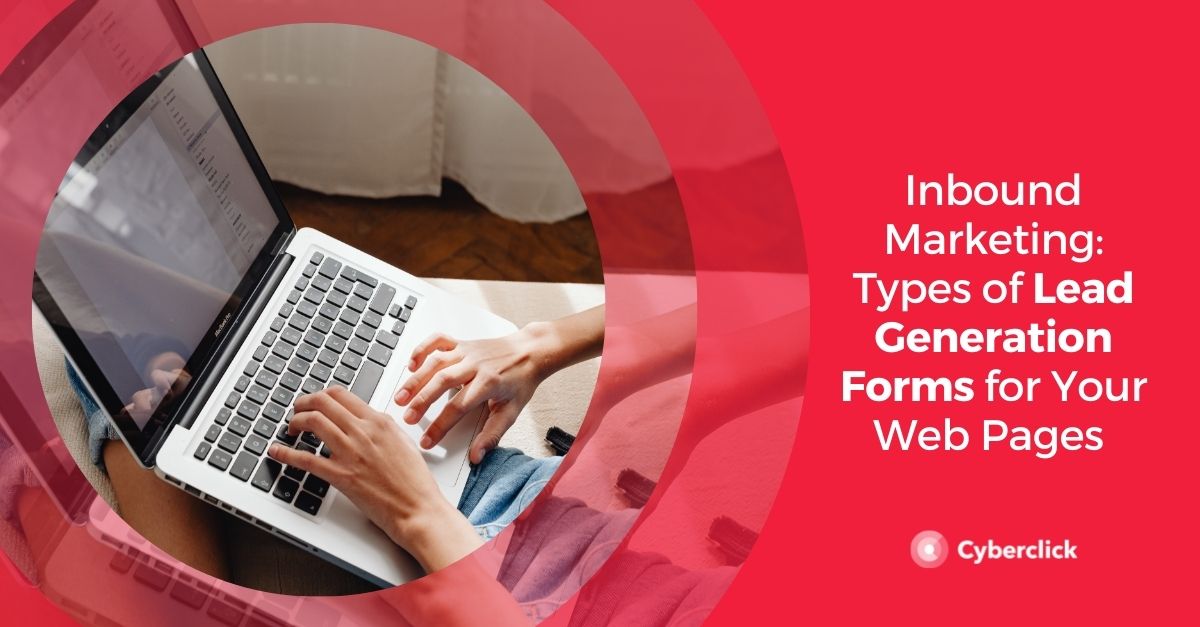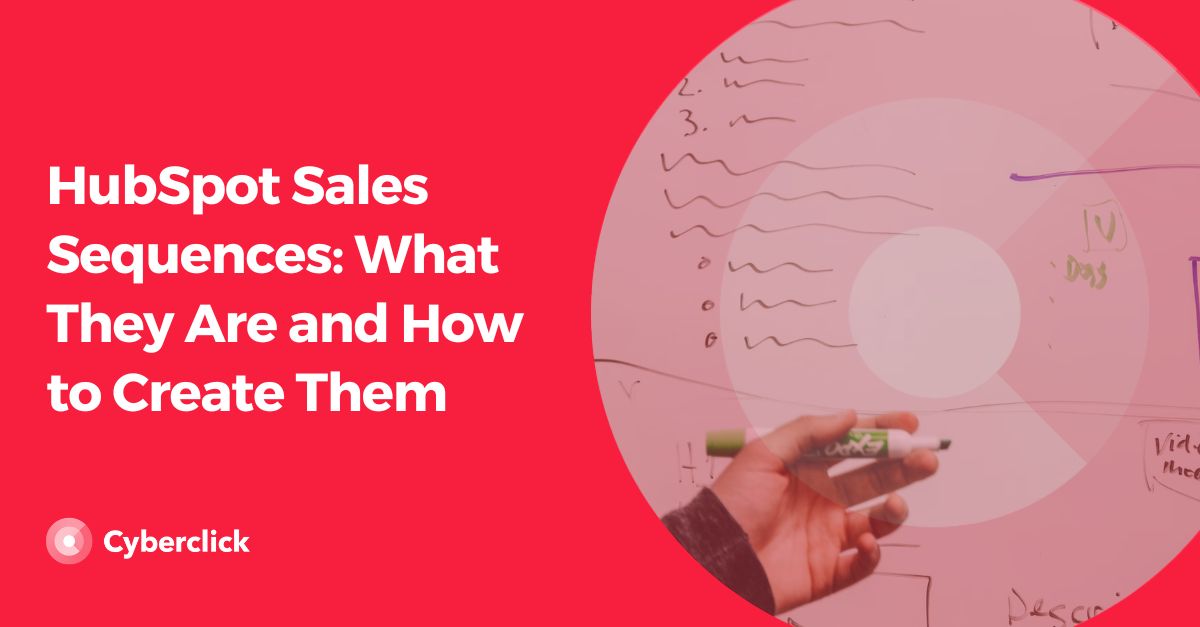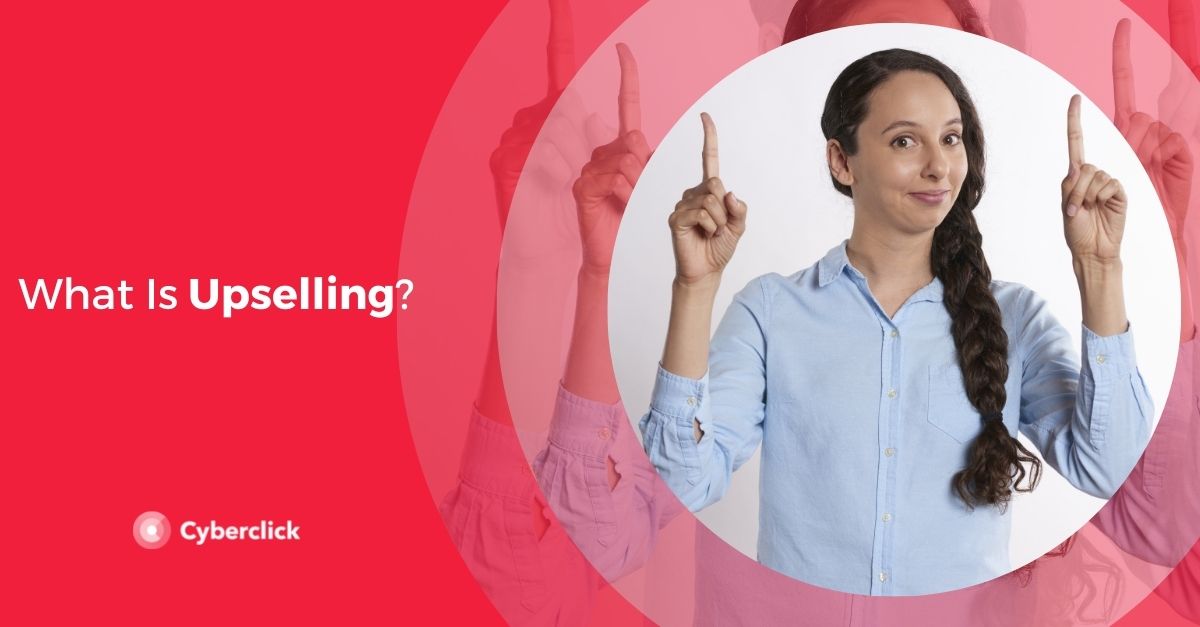In the world of inbound marketing, every industry has its own unique techniques that are effective. Depending on the industry you are in, you will find that different strategies connect with your consumers and attract them to your brand.
Let's look at the best inbound strategies for 5 major industries: retail, banking and insurance, education, tourism and non-profits.
Index
1. Retail Industry2. Banking & Insurance Sector
3. Education Sector
4. Tourism Industry
5. Nonprofits
Inbound Marketing Strategies: Retail Industry
Competition for online stores is fierce. Not only are there an endless amount of ecommerces, you also have to consider the competition from major suppliers like Amazon. To attract consumer attention in this over-saturated industry, take note of these retail-specific inbound marketing strategies:
- SEO: Online searches are one of the main ways consumers research and find new products. If your product is not among the top positions on Google, you probably won't make a big impression in the consumer's mind. It is therefore essential to use SEO to increase your store's position in Google. Create strong written and video content to help boost your store’s online presence.
- Social media: Word of mouth marketing is one of the most convincing marketing tactics, and in the digital world its equivalent is social media user’s opinions. A good retail inbound marketing strategy will spend time investing in its social media strategy in order to encourage recommendations from consumers and influencers.
- Email marketing: Year after year, email marketing continues to prove its effectiveness. Focus on sending emails that give users real value and are short, concise, and use an attractive subject line. Discount and loyalty emails are good inbound marketing tools, especially for MOFU and BOFU communications.
- Video Tutorials: Video tutorials help sell the product, showing off its features and qualities better than any description or picture. In addition, video content can help us improve your SEO through YouTube positioning.
- Cost Per Acquisition (CPA): Accurate metrics are essential to understand if you are using the right strategies or if you need to correct course. Ultimately, the most important metric for retail is Cost Per Acquisition (CPA). CPA should always be compared to the average value of the purchase to see if your marketing activities are profitable or not.
- Inventory management: If you manage an online store, you need to manage inventory in an integrated, real-time way. Otherwise, there will be gaps between orders and stock that will cause customer service to suffer. You can use marketing automation, which is a pillar of inbound marketing, to ensure that your inventory is always accurate.
- Shipping facilities: Things to Industry giants like Amazon, consumers want fast and easy shipping. To satisfy this need, make sure your shipping policies match consumer expectations and explain them very clearly to avoid customers disappointment (and bad reviews).
Inbound Marketing Strategies: Banking and Insurance Sector
In the banking and insurance industry, there is a fair amount of customer education that must be done. This helps customers make better informed decisions. Therefore, a brand that is able to earn their customers trust by offering high-quality content will rise to the top.
But how does a bank or insurance company do this? There are a few key inbound strategies:
Build a Buyer Persona
Before beginning any campaign, it is essential to ensure that you are targeting the right audience. Banking and insurance products are targeted towards very diverse audiences.
To ensure you’re hitting the right mark, conduct a study and create a buyer persona. A buyer persona is a semi-fictional representation of the type of customer you want to have. For example, "Maria is a medical doctor, has an annual income of around 150,000 euros and is single. She is considering buying his first house in the southern part of Madrid, but she is concerned about the evolution of the real estate market in the medium term..." Your buyer persona should include any problems that the customer has that your product or service can solve.
Inbound Content Creation
Based on your buyer personas, you will then create a series of content that suits their needs. For example, a series of blog articles about what they need to know before they take out a mortgage. The idea is that this content positions on Google, thus attracting organic visits and increasing trust in the brand.
Lead Nurturing
Once you attract users to your website using the articles, you can then offer them more in-depth content (for example, a guide on the best mortgages in Spain in PDF) in exchange for their data, through forms. This is how you generate leads.
For example, if you create an ebook guide about mortgages, users would have the download the ebook by filling out a form that asks for their name, email address, and other relevant information. But, you don't want to ask for too much information. This is a delicate science.
Once you have the lead’s information, then you enter the lead nurturing phase. During this phase you will provide the user with more relevant content in order to build trust. For the banking and insurance industry, this is especially important as the sales cycle can sometimes take several months. The idea is to focus on the long term and gain your potential customer’s confidence.
To assess the lead’s interest and which stage of the buyer journey they’re in, you can use a lead scoring system that will assign points based on their characteristics and the actions they’re doing (e.g. open an email or respond to a survey).
Finally, when you think the lead is ready to convert, pass it on to the sales department along with the information you’ve been collecting throughout the process.
Inbound Marketing Strategies: Education Sector
Within the education sector there are many different circumstances and targets, but in this guide we’ll focus on one of the most common situations: Parents seeking a private school for their children. These inbound marketing strategies will help you adapt the different stages of the inbound marketing process to this industry:
Buyer Persona
The first step is to properly identify who you want to reach. Each school will have a different student profile. Some are more focused on bilingual education, others on sport and extracurricular activities, others cover different educational stages or development. What types of students does your school cater to, and what kind of buyer persona’s do their parents have?
Content Creation
Using your buyer persona, you will then need to develop a content and SEO strategy that helps attract these parents to your website. The content should be centered around the parent’s concerns, and why placing their students in your school would solve those problems. For example, if you are a private school focused on arts and music, write an article about how artistic students excel in private art schools.
Lead Nurturing
Once you have attracted the parents' attention, the next step is to qualify them as prospects. It is most common to offer downloadable content in exchange for filling out a form. In the form, include a series of questions that will determine if this is a prospect or if they are not an interesting lead.
Carry out a lead-nurturing process based on this information. Parents usually have a lot of concerns about their children's education, so this is a good opportunity to advise and position yourself as experts in the sector.
When creating content, create a list of common parent concerns, and try to provide content that gives detailed answers to each question or concern.
When you determine that the lead is ready, you can then move them down the funnel with calls to action such as invitations to visit the school or meet with the principal or teachers.
It's critical to correctly identify what types of triggers encourage the lead to make the final buying decision.
Loyalty
As a school, this process will be repeated every year. This means you must implement a strategy that promotes recommendations from current parents and students. Refine the content and recruitment tactics with information that you learn after each school year. Don’t forget to encourage word of mouth marketing with the parents.
Inbound Marketing Strategies: Tourism Industry
The tourism industry is one of the earliest adopters of digital marketing, and specifically inbound marketing. Our way of traveling has changed a lot in recent years thanks to the digital environment, and the best hospitality and tourism brands are the ones that keep up with this change.
If you want to do inbound marketing for the tourism industry , keep in mind the following strategies:
- Adapt your content: When planning a trip, most users spend some time researching destinations and activities. Travel-related content is everywhere on the internet, so the challenge is to stand out by offering something different: unusual experiences, little-explored corners, a different point of view ... In addition to the typical brand blogs, video and interactive content are also very interesting.
- Think mobile: Mobile not only plays an important role in the investigation prior to the trip, but increasingly frequent travelers are staying connected via WiFi or buying a local SIM card. Therefore, think about how you can accompany them throughout the experience and take advantage of connectivity to generate recommendations.
- Focus on experiences: Today's travelers are not only looking to visit the best tourist attractions (whether popular or off the beaten track), but to live a unique experience. And this ranges from in-flight amenities to hotel design, through all kinds of activities that help them connect with the local lifestyle. The more unique the experience, the more likely they are to post about it on their own social media accounts, write about it on their blogs, or create videos that will then bring more attention to your brand.
- Harness the power of Instagram: This social network is the shining star in the tourism industry, since it helps improve visibility and branding. Brands that share impressive and inspiring images have a much easier time attracting users to their inbound funnel, and captions can be very helpful in providing information and practical advice. In addition to helping to attract users, Instagram can also serve to generate word of mouth and recommendations among users who have already visited.
Inbound Marketing Strategies: Nonprofits
According to a recent Inbound Marketing report , inbound marketing can multiply a nonprofit’s qualified marketing contacts by 7x. If you’re a non-profit looking to attract new partners, inbound shouldn’t be ignored.
And yet, more than half of all nonprofits have not even implemented a strategy as simple as launching a blog. So, what can you do to take advantage of the full potential of inbound marketing in this sector?
- Develop a good presence on social networks: For nonprofits, social media offers a great opportunity to launch campaigns with limited resources. They can use them to communicate news, tell stories and experiences, train audiences, raise funds and campaigns ... and of course, to attract and engage new potential partners.
- Communicate the work you do through a blog: Blogging is one of the simplest and most versatile ways to do inbound marketing, and nonprofits can use it to educate prospects about your cause and share what you are doing. Share articles on topics related to your NGO’s causes and which closely align with the concerns of your followers and partners.
- Capture leads through signature collection campaigns: In other sectors, the most common way to generate leads is to offer valuable content in exchange for user data. For nonprofits, we can turn this strategy around and opt instead for campaigns focused on firms supporting a cause. Of course, you must make it clear to the user that you want to use their data to send them messages about your organization’s activity and give them the option of choosing whether they want to be part of our list or not.
- Emphasize closure: Converting leads into donors is one of the great challenges of the process. Here the key is to build trust by openly sharing your values and actions. Emotional marketing and storytelling is very important, but rational arguments that support the importance of your work can also be interesting.
- Loyalty: Inbound marketing not only helps to attract new donors, but it also keeps the ones you already have and turns them into evangelists of your organization and mission. For this, it is essential that you maintain regular communication with them and that you care about knowing their opinion.
AI-Driven Business Digital Strategy Consultant en Cyberclick. Experta en ecommerce, experiencia de usuario (UX), inbound marketing y estrategias de CRO orientadas a maximizar las conversiones. Acompaña a las empresas en la integración de la IA en su negocio y en la toma de decisiones digitales para impulsar crecimiento y eficiencia.
AI-Driven Business Digital Strategy Consultant at Cyberclick. Expert in ecommerce, user experience (UX), inbound marketing and CRO strategies focused on maximising conversions. She helps companies integrate AI into their business and make better digital decisions to drive growth and efficiency.







Leave your comment and join the conversation